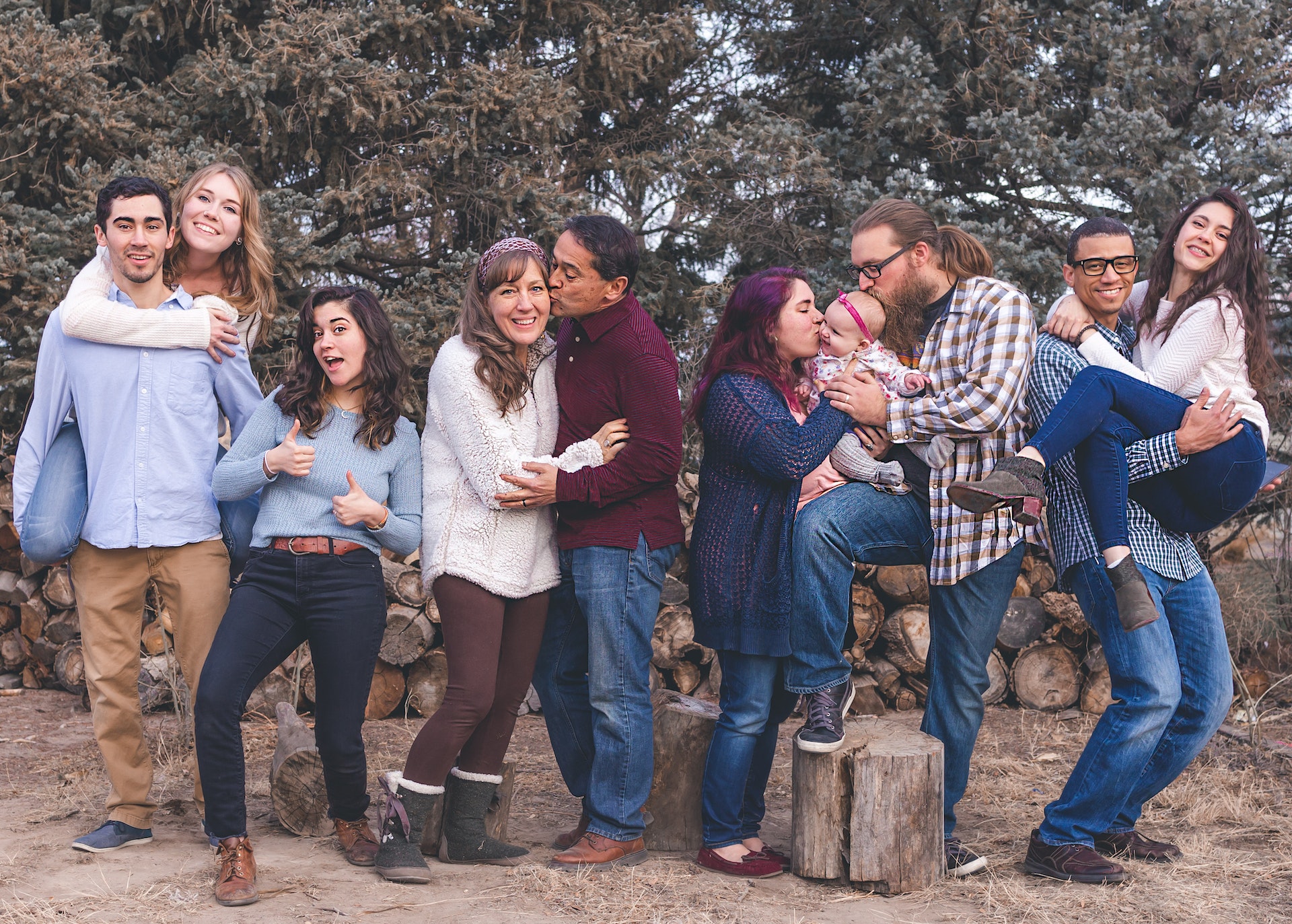Ever wondered what makes your connection with your best friend so different from that with your mother? Well, you’re not alone. Different types of relationships are as diverse as the people involved in them. This comprehensive guide explores the subject in all its bewildering glory.
The Fabric of Relationships
Let’s get this straight; a relationship is essentially a way of connecting emotionally, mentally, or even physically with someone else. Think of it as a quilt, stitched with threads of experiences, shared goals, and mutual respect.

Importance of Understanding Different Types of Relationships
Understanding the different types of relationships can help you navigate the intricate web of human interaction. After all, knowing how to define what you share with someone can actually improve the quality of your life.
The Classic Types of Relationships
In the realm of human interaction, the classic types often serve as the foundational bedrock. These traditional categories, including familial, platonic, and romantic connections, are the cornerstones that define how we perceive and engage in different types of relationships. They set the stage for emotional bonds, influence our life choices, and shape our psychological development, serving as the archetypes that many of us encounter throughout our lives.
1. Familial Relationships
Ah, the family. It’s like the universe’s pre-made relationship package, but even that comes with its levels. There’s the unconditional love of a parent, the sibling rivalry, and the kindred connection with cousins.
2. Friendships
A good friendship is like finding an extra fry at the bottom of the bag—a delightful surprise that makes life sweeter. It ranges from childhood playmates to friendships of convenience and even to those who are like a chosen family.
3. Romantic Relationships
From the teenage fling to the golden years of companionship, romantic relationships have more variations than you’d find in a box of assorted chocolates. You’ll find some you adore and others that are just not to your taste.
Navigating the Nuances
Navigating the nuances in different types of relationships is akin to walking through a complex maze. Each turn represents a unique interaction, be it at work, in friendships, or familial bonds. The complexity arises from the underlying interpersonal dynamics that govern these relationships. By better understanding these subtle distinctions, you’re well-equipped to foster healthier, more fulfilling connections.

4. Workplace Relationships
Ah, the office drama! Relationships at work come in many shades.
Office Politics and Friendships
Be it the water-cooler allies or the strictly professional acquaintances, knowing how to balance these varieties of relationships can be crucial for career growth.
5. Virtual Relationships
In this age of technology, online connections can feel as real as physical ones. But how does this affect the interpersonal dynamics in relationships? Well, the virtual world removes geographical barriers but adds layers of anonymity.
Interpersonal Dynamics in Relationships
The ways we connect, react, and interact make up the interpersonal dynamics in a relationship. Here, psychology plays a significant role. The give-and-take, the emotional support, and the conflicts all form the fabric of this dynamic.
Unfurling Relationship Taxonomies
When it comes to human interactions, the different types of relationships aren’t always easily slotted into neat categories. The term ‘Unfurling Relationship Taxonomies’ delves into the layered complexities of categorizing these relationships, providing a structured framework that goes beyond the surface.

- Inclusion of Emotional Depth: Relationships are like geological strata—some are surface-level interactions, while others burrow deep into the emotional core. The taxonomy aims to classify these depths, making it easier to navigate emotional investments.
- Duration-Based Categories: Time is another axis that the taxonomy considers. Some relationships are transient, existing in a moment, while others evolve and stand the test of time. Understanding this can help set realistic expectations for both parties involved.
- Intersecting with Interpersonal Dynamics: One cannot discuss relationship taxonomies without considering the fluid mechanics of interpersonal dynamics. This includes power dynamics, emotional exchanges, and mutual (or not-so-mutual) benefits, all of which can shift over time.
- Contextualizing with Real-Life Scenarios: Real-life examples bring abstract categories to life. For instance, Childhood friends turned business partners, office acquaintances becoming lifelong buddies, and college sweethearts marrying and raising families.
Conclusion
In summary, exploring the different types of relationships not only enriches your emotional landscape but also broadens your understanding of human interaction. Whether familial, romantic, or purely platonic, each relationship adds a unique hue to the canvas of life. Don’t just observe—dive in! Engage deeply with the relationships that matter to you and transform your emotional world today.





